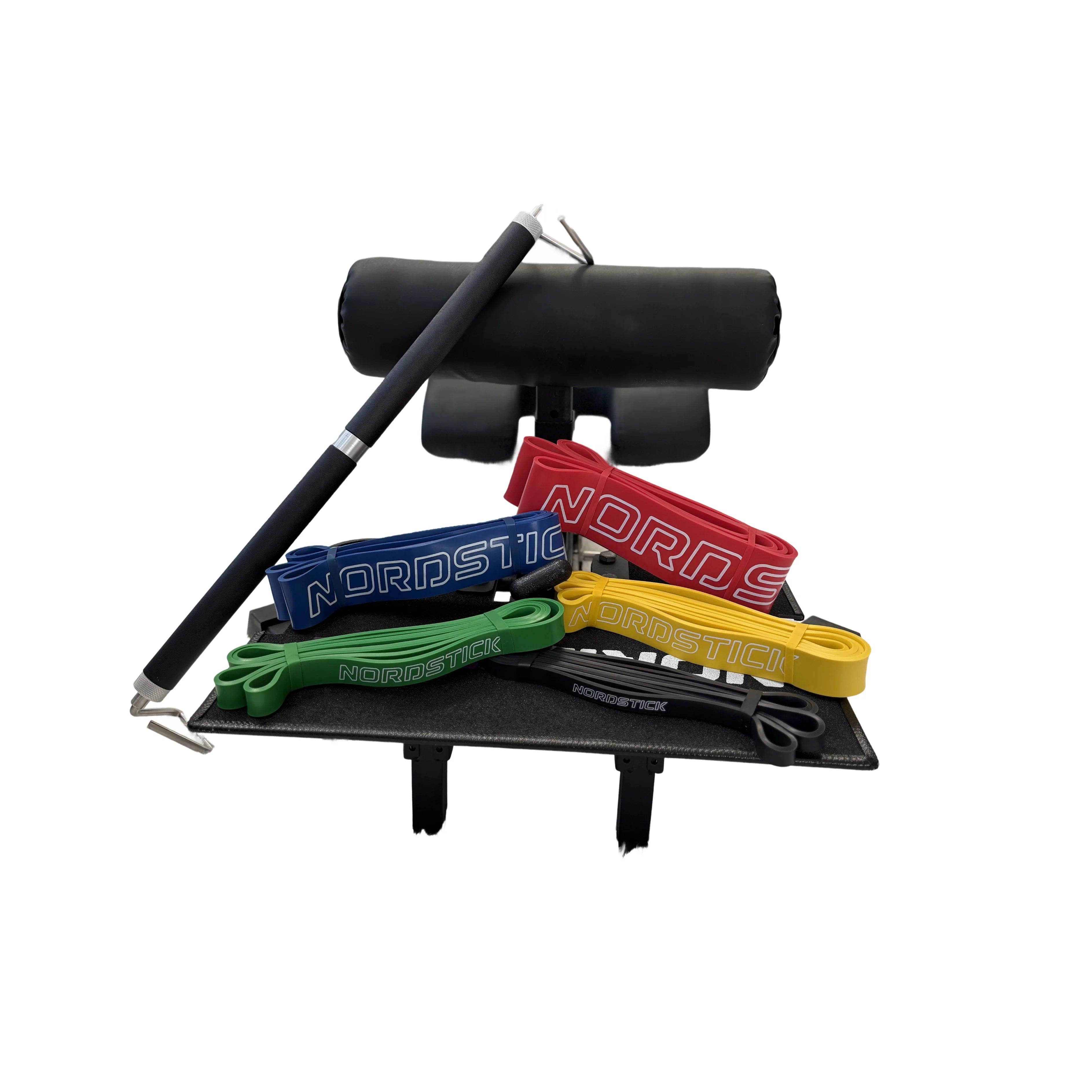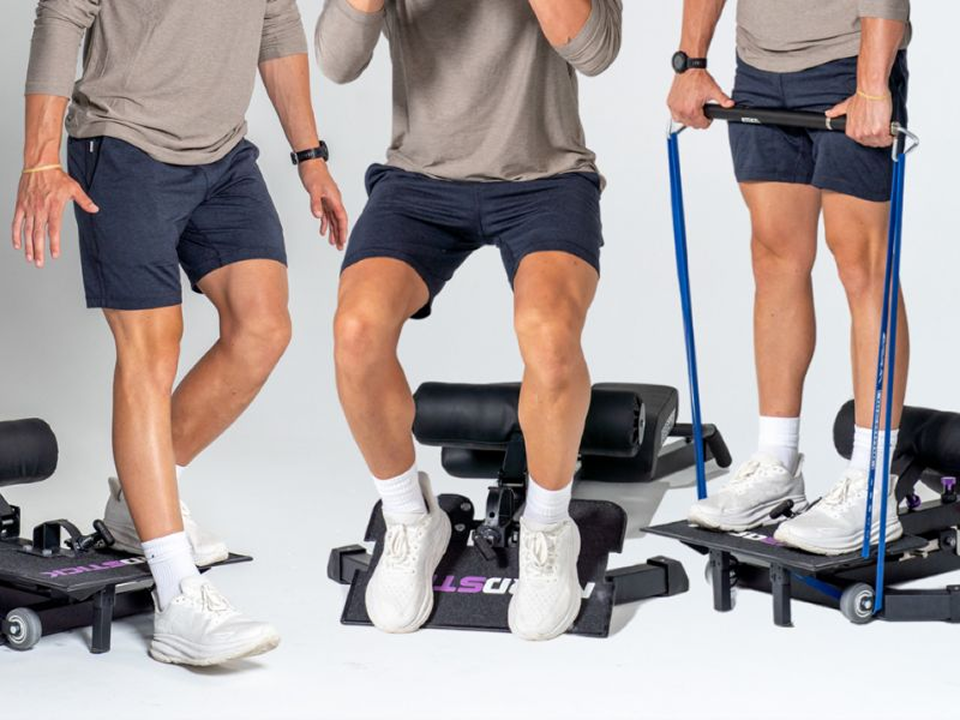Your hamstrings are a key muscle group that serves two main functions: bending (flexing) your knee and extending your hip. Because the hamstrings cross both the knee and hip joints, it's important to train them in both roles for balanced strength and optimal performance.
Key Takeaways
- Prioritize full range of motion: Effective hamstring training involves both eccentric and concentric movements to fully engage and strengthen the muscles, improving flexibility and power.
- Incorporate targeted exercises: Movements like Nordic curls, deadlifts, and leg curls are essential for building strong hamstrings and reducing the risk of injury.
- Balance strength and flexibility: Consistently training your hamstrings with the right exercises enhances muscle balance, improves athletic performance, and supports injury prevention.
Let’s explore some of the best exercises to strengthen your hamstrings as both knee flexors and hip extensors.
Training Hamstrings as Knee Flexors
Hamstring Curls

Hamstring curls are a foundational exercise to strengthen your hamstrings as knee flexors. They’re versatile and can be done with a variety of equipment, such as machines, bands, or sliders. You can start with just your body weight and gradually add resistance as you get stronger, making this exercise accessible for all fitness levels.
Why They Work: They target the knee flexion function of the hamstrings, making them highly effective for isolated strengthening.
Variations: Perform them double-leg for balanced strengthening or single-leg to correct imbalances or focus on a weaker side, especially when returning from an injury.
Ease of Progression: You can start light and progressively add weight, making them perfect for beginners and advanced athletes alike.
Nordic Curls
Nordic curls are one of the most challenging and effective exercises for hamstring strengthening and injury prevention. This movement requires you to kneel and slowly lower your body towards the ground while resisting gravity with your hamstrings, which makes them a true test of hamstring strength.
Why They Work: Nordic curls use your body weight as resistance, creating high tension in the hamstrings. This eccentric strength reduces the risk of hamstring injuries and has strong research support.
Equipment: You can perform them with minimal equipment, such as a partner holding your feet, a Nordstick, or other foot-hold apparatus.
Cons: Nordic curls can be difficult for beginners. That’s why using bands, like the Omni band, can help you progress gradually. Also, they are primarily done as a double-leg exercise, making single-leg variations challenging.
Training Hamstrings as Hip Extensors
Hamstring-Biased Glute Bridge
The glute bridge, especially when modified to target the hamstrings, is a simple bodyweight exercise that emphasizes hip extension. By positioning your feet further from your hips, you shift more of the load onto the hamstrings, making it a highly effective exercise.
Why They Work: Bridges are easy to learn and perform, and adjusting foot placement allows you to control the intensity on your hamstrings.
Progression: Elevating your back onto a Nord bench or similar surface allows for a greater range of motion, increasing the difficulty and effectiveness of the movement.
45° Back Extension
The 45° back extension targets the hamstrings and glutes as hip extensors, making it a versatile addition to any hamstring training program. Performed on a NordBench or other back extension equipment, this exercise has been shown to activate the hamstrings significantly more than flat back extensions.
Why They Work: The 45° angle puts more emphasis on the hamstrings than a flat surface, and they’re easy to adjust for difficulty.
Progression: Use your hands for assistance or shorten the range of motion to make it easier, or add resistance bands, weights, or increase range to make it harder.
Why Hamstring Strength Matters
Strong hamstrings are essential for overall leg strength, athletic performance, and injury prevention. They play a critical role in running, jumping, and lifting, and they are one of the most commonly injured muscle groups, particularly in athletes.
By training your hamstrings in both functions—as knee flexors and hip extensors—you’ll build balanced, resilient muscles that can handle the demands of your sport or daily activities.
Pro Tip: Consistency is key.
Incorporate these exercises into your routine 1-2 times per week to see improvements in strength and injury resistance.
Add these four exercises to your workout routine, and you'll build stronger, more resilient hamstrings that support both performance and long-term health. Let me know how it goes, and if you have any questions or need further guidance, feel free to reach out!









































Leave a comment
This site is protected by hCaptcha and the hCaptcha Privacy Policy and Terms of Service apply.